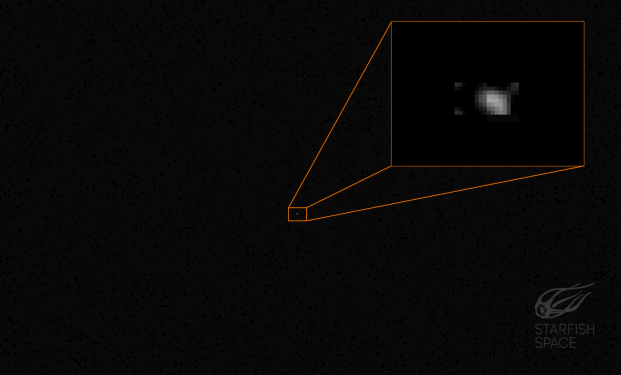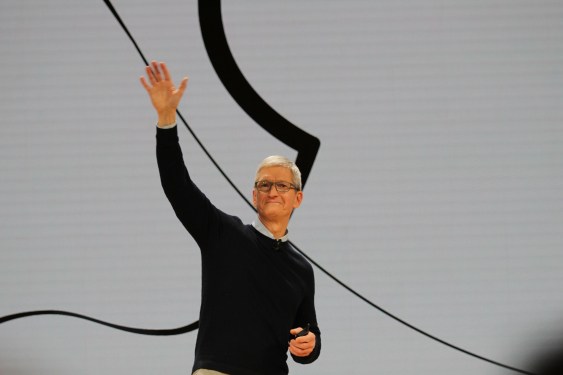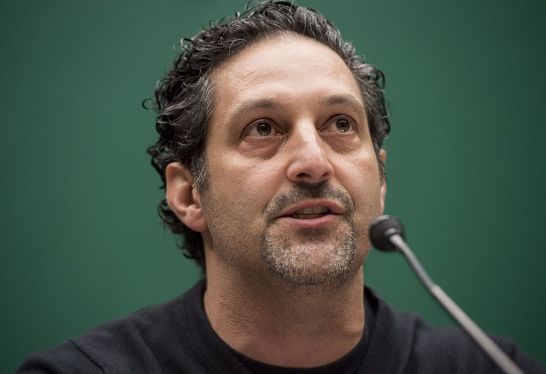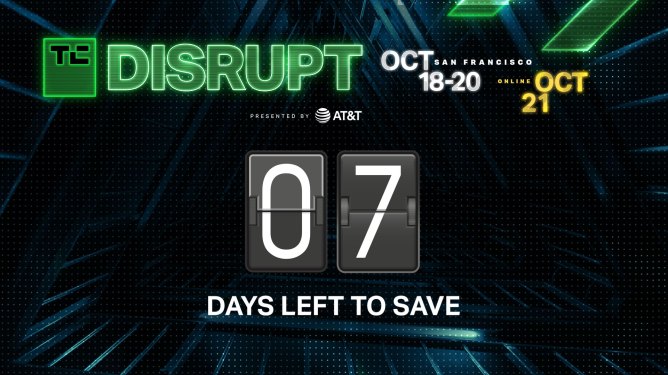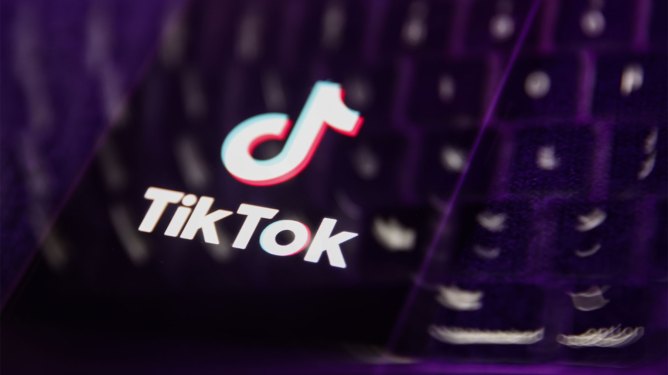A Successful Rendezvous with an Unlikely Partner
After nearly a year of anticipation, Starfish Space’s ambitious first mission has officially come to a close. The startup had launched its first spacecraft, Otter Pup, with the goal of demonstrating on-orbit rendezvous and docking technology. While the mission encountered several challenges along the way, including a malfunctioning satellite and an anomaly in the onboard electric propulsion thrusters, Starfish was able to complete some of the objectives thanks to the help of an unexpected partner: space logistics company D-Orbit.
The Initial Challenges
Otter Pup, which launched with Otter Pup hitched a ride to orbit with malfunctioned satellite. The spacecraft was emergency ejected and sent on a dizzying tumble through space. Despite this setback, Starfish managed to slow the spin – a phenomenal feat of quick thinking and engineering. However, another issue cropped up a few months later when the onboard electric propulsion thrusters provided by French startup Exotrail suffered an anomaly and stopped working.
A New Plan Emerges
The company had to go back to the drawing board. A docking maneuver was now off the table, but a rendezvous attempt might still be possible. The team started searching for possible partners, Starfish co-founder and CEO Austin Link told TechCrunch in a recent interview. "We had to find an operational spacecraft with no conflicting mission objectives, and that had the requisite delta-V – enough onboard propulsion – to maneuver close enough to Otter Pup," he said.
Finding the Right Partner
Starfish ultimately approached Italian space logistics startup D-Orbit, which launches orbital transfer vehicles that deploy and host payloads in space. While D-Orbit’s ION satellites are not designed for maneuvering, the two companies took a closer look at ION’s propellant budget and realized that a rendezvous was feasible.
Overcoming Complicated Challenges
Orbital rendezvous are complicated: spacecraft move at seven kilometers per second, and there are other conditions on orbit, like atmospheric drag, that make calculating a vehicle’s trajectory difficult. Starfish and D-Orbit faced additional challenges given that Otter Pup’s thrusters were dead, and the two companies are headquartered, respectively, in Washington state and Italy.
A Team Effort
To overcome these challenges, the team brought in the space situational awareness startup Leo Labs to help refine the spacecraft’s orbital estimates and ensure the two companies had the best chance of a successful rendezvous. The effort paid off: on April 19, after passing Otter Pup at increasingly close orbits, D-Orbit’s ION moved within 1 kilometer of it; Otter Pup then successfully pointed toward the spacecraft and snapped an image with onboard cameras.
A Valuable Lesson Learned
Although Otter Pup was unable to attempt docking, Starfish was able to complete some of the objectives. The mission provided a valuable lesson in the challenges of on-orbit rendezvous and docking technology. "It’s not just about the technical aspects," Link said. "It’s also about understanding the complexity of space operations and being prepared for unexpected setbacks."
The Future of On-Orbit Rendezvous and Docking
While Starfish’s first mission was a success, it was also a reminder that on-orbit rendezvous and docking technology is still in its early stages. As more companies like Starfish and D-Orbit push the boundaries of space operations, we can expect to see significant advancements in this area.
Conclusion
Starfish Space’s ambitious first mission may have encountered several challenges along the way, but it ultimately demonstrated the potential of on-orbit rendezvous and docking technology. With the help of an unlikely partner like D-Orbit, Starfish was able to complete some of the objectives and gain valuable insights into the complexities of space operations. As we look to the future, one thing is clear: on-orbit rendezvous and docking technology has the potential to revolutionize the way we operate in space.
Additional Resources
For more information about Starfish Space’s mission and the challenges of on-orbit rendezvous and docking technology, please see our previous coverage:
